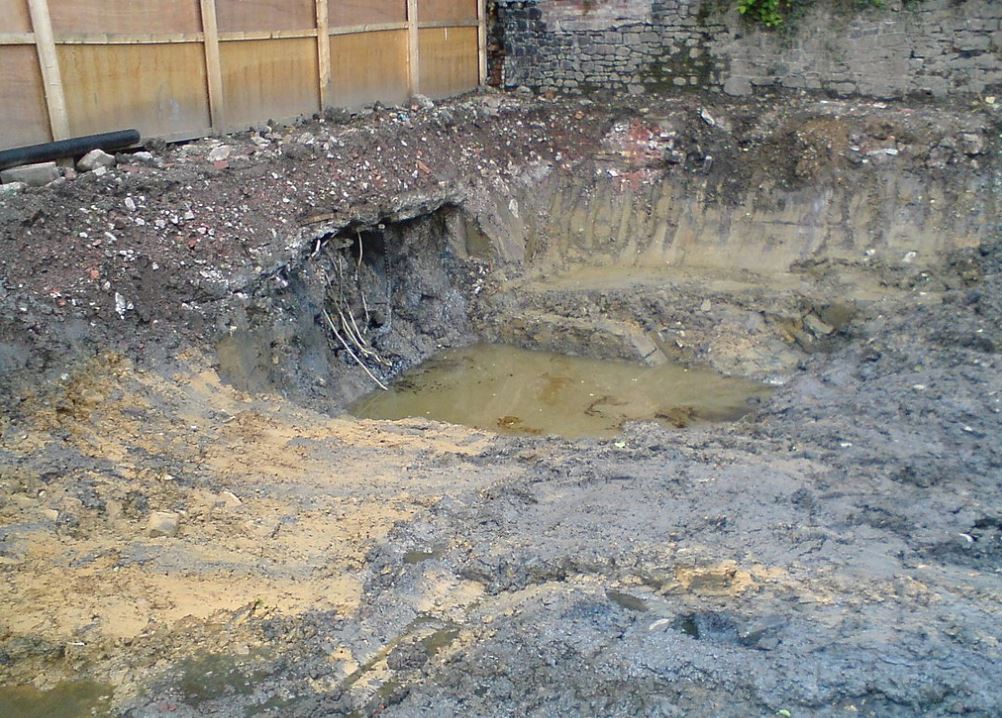
Land Pollution refers to the presence of at least one contaminant within or upon an area of land. A contaminant is a poisonous or polluting substance. Land pollution is the deposition of liquid or solid waste materials on or under the ground. The material subsequently contaminates the soil or groundwater. It also threatens public health.
This form of pollution not only degrades the quality of land and soil but also adversely affects biodiversity, leading to the disruption of ecosystems.
Inadequate waste disposal
Land pollution typically occurs when we do not dispose of waste properly. Some agricultural practices, such as using pesticides, fertilizers, and insecticides can also contaminate soil.
Mining activities have contributed significantly to the deterioration of the Earth’s surface.
The term pollution refers to the presence of a substance or substances in the environment that are toxic or harmful.
Three major types of pollution
The three major types of pollution are land pollution, air pollution, and water pollution. These forms of pollution are the most widespread and have significant impacts on the environment, ecosystems, and human health.
They are often the primary focus of environmental policies and conservation efforts due to their extensive and profound effects.
The Industrial Revolution changed everything
For millions of years, land pollution was non-existent on our planet. Since the Industrial Revolution, however, humans have been contaminating our atmosphere (air pollution), water (water pollution), and land at an increasing rate.
Encyclopaedia Britannica has the following definition of the term:
“Land pollution, the deposition of solid or liquid waste materials on land or underground in a manner that can contaminate the soil and groundwater, threaten public health, and cause unsightly conditions and nuisances.”

Land pollution – waste materials
There are three main types of waste materials that pollute our land: 1. Municipal solid waste. 2. Construction and demolition debris or waste. 3. Hazardous waste.
-
Municipal solid waste
Municipal solid waste consists of everyday items that we discard. We also call it trash or garbage (UK: rubbish).
The composition of solid waste varies from country to country, and even from town to town in the same country. Its composition also changes considerably with time.
If a municipality has a well-developed waste recycling system, the waste stream comprises mainly intractable wastes such as non-recyclable packaging materials and plastic film.
-
Construction and demolition waste (CDW)
CDW consists of concrete, wood, glass, metals, plastic, solvents, and gypsum. Excavated soil and asbestos are also in this category of waste. It is possible to recycle excavated soil.
According to the European Commission:
“CDW is one of the heaviest and most voluminous waste streams generated in the EU.
-
Hazardous waste
This type of waste has potential or substantial threats to human health, animal and plant health, and the environment.
Hazardous waste can be reactive, toxic, corrosive, or ignitable.
According to the UK’s Health and Safety Executive, a government agency:
“Waste is considered ‘hazardous’ under environmental legislation when it contains substances or has properties that might make it harmful to human health or the environment.”
“This does not necessarily mean it is an immediate risk to human health, although some waste can be.”
Eight causes of land pollution
Below are eight main causes of land pollution, according to Conserve Energy Future:
- Deforestation and soil erosion.
- Mining activities.
- Overcrowded landfills.
- Industrialization.
- Construction activities.
- Nuclear waste.
- Sewage treatment.
Urban sprawl and the expansion of cities also contribute to land pollution, as natural landscapes are replaced with concrete and asphalt, disrupting ecosystems and leading to soil contamination.
Video – What is Land Pollution?
This interesting video, from our sister channel in YouTube – Marketing Business Network, explains what ‘Land Pollution’ is using simple and easy-to-understand language and examples.
